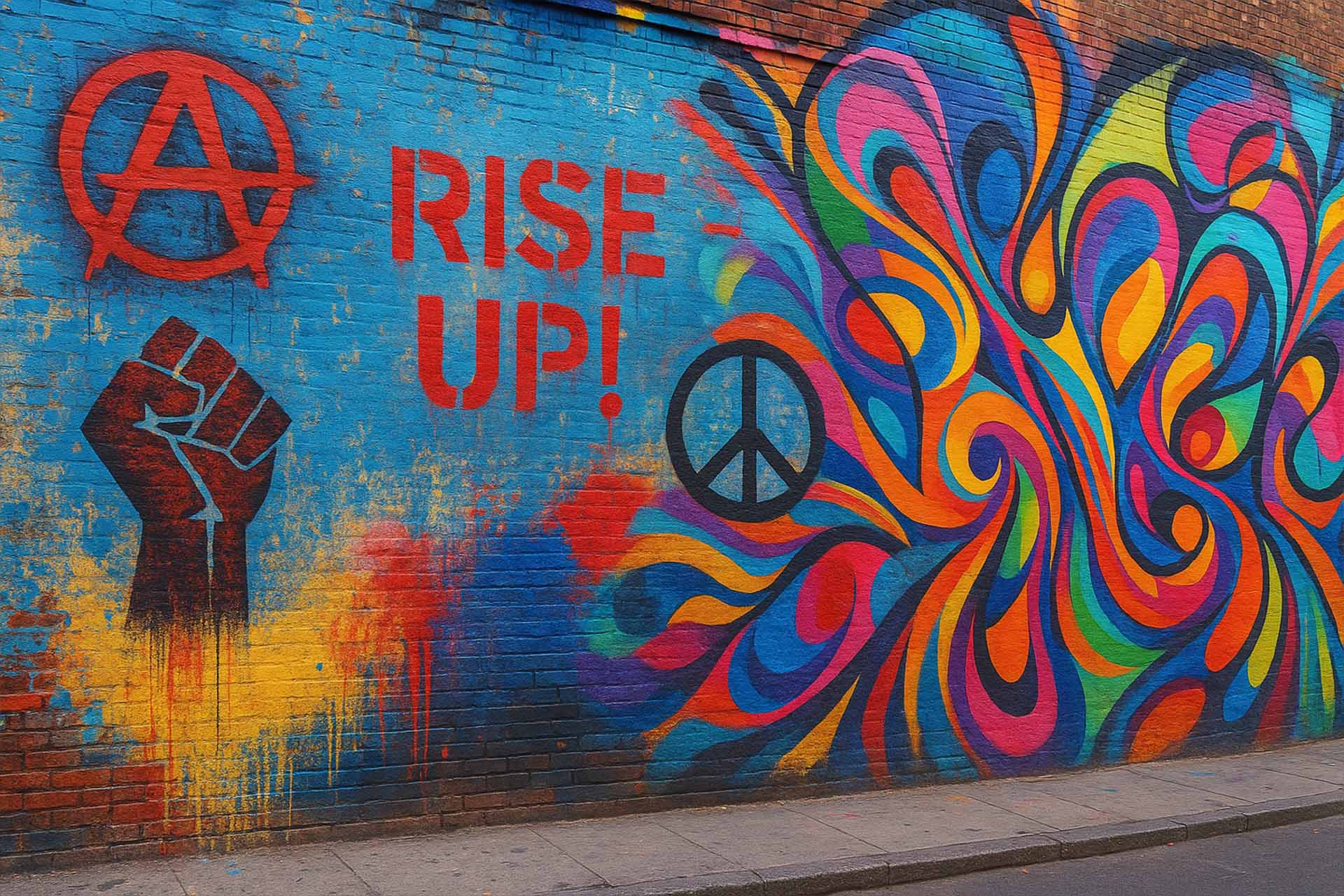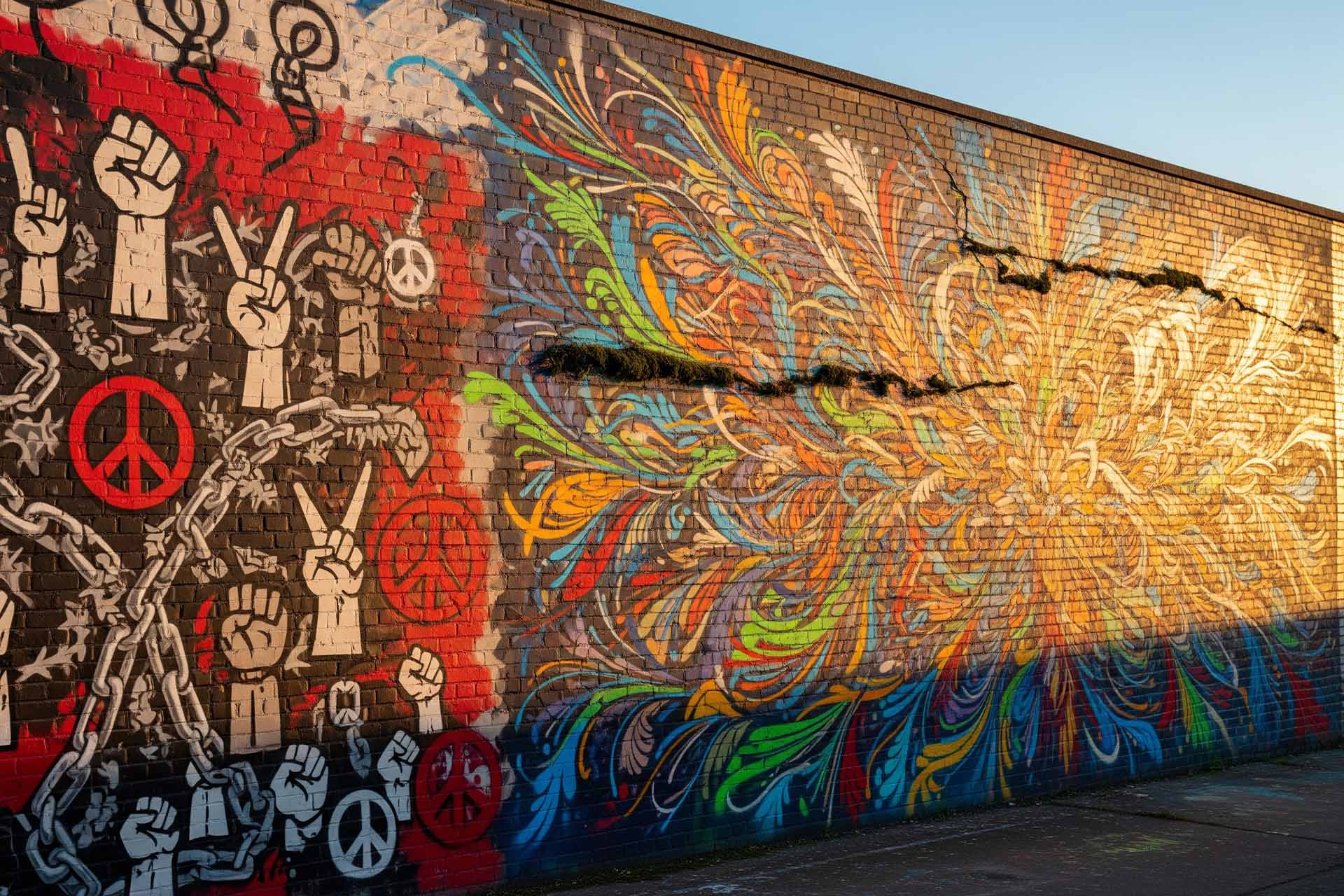
Art has always been a form of communication, but street art carries a unique power—it speaks directly to the public, outside the walls of museums and galleries. Once dismissed as vandalism, street art has become a global movement, transforming city walls into canvases that tell stories of protest, identity, and hope. Today, street art has not only captured the streets but also entered galleries, blurring the line between rebellion and recognition.
The Origins of Street Art
Modern street art traces its roots back to the graffiti culture of the 1970s and 1980s in cities like New York, London, and Berlin. What began as underground expression—spray-painted tags, stencils, and murals—soon evolved into powerful social commentary. Artists like Jean-Michel Basquiat and Keith Haring used public spaces to challenge authority, spark dialogue, and democratize art.
Street Art as a Voice of the People
Street art is more than decoration—it’s a mirror of society. It often reflects voices that go unheard in mainstream media:
- Protest and Politics: Murals calling for justice, equality, and freedom.
- Cultural Identity: Visual symbols of local traditions and heritage.
- Social Awareness: Messages about climate change, poverty, and inequality.
- Community Pride: Public art that transforms neglected neighborhoods into vibrant cultural spaces.
In this way, every mural and stencil becomes a public conversation, reminding us that art belongs to everyone.

From Streets to Galleries
Over time, the raw energy of street art has attracted mainstream attention. Icons like Banksy turned anonymous graffiti into multimillion-dollar artworks. Galleries and auction houses now feature street art as a legitimate genre, creating debates:
- Has street art lost its rebellious spirit?
- Or has recognition given it new legitimacy?
While some argue that galleries tame its radical edge, others see it as a victory for artists whose voices can now reach wider audiences.
The Global Impact of Street Art
Street art has become an international phenomenon:
- Berlin’s East Side Gallery preserves murals on the Berlin Wall as symbols of freedom.
- Rio de Janeiro’s favelas are covered with vibrant art projects that inspire community pride.
- Cairo’s walls became a canvas for revolution during the Arab Spring.
- Melbourne and London have become hubs for street art tourism.
This global reach shows that street art is not just about paint on walls—it’s about creating shared experiences and collective memory.
Conclusion
Street art is proof that art cannot be confined to frames. It thrives in public spaces, carries the pulse of society, and amplifies voices that demand to be heard. Whether sprayed on a hidden alley wall or hung in a prestigious gallery, street art remains a powerful voice of the people, bridging the gap between rebellion and recognition.